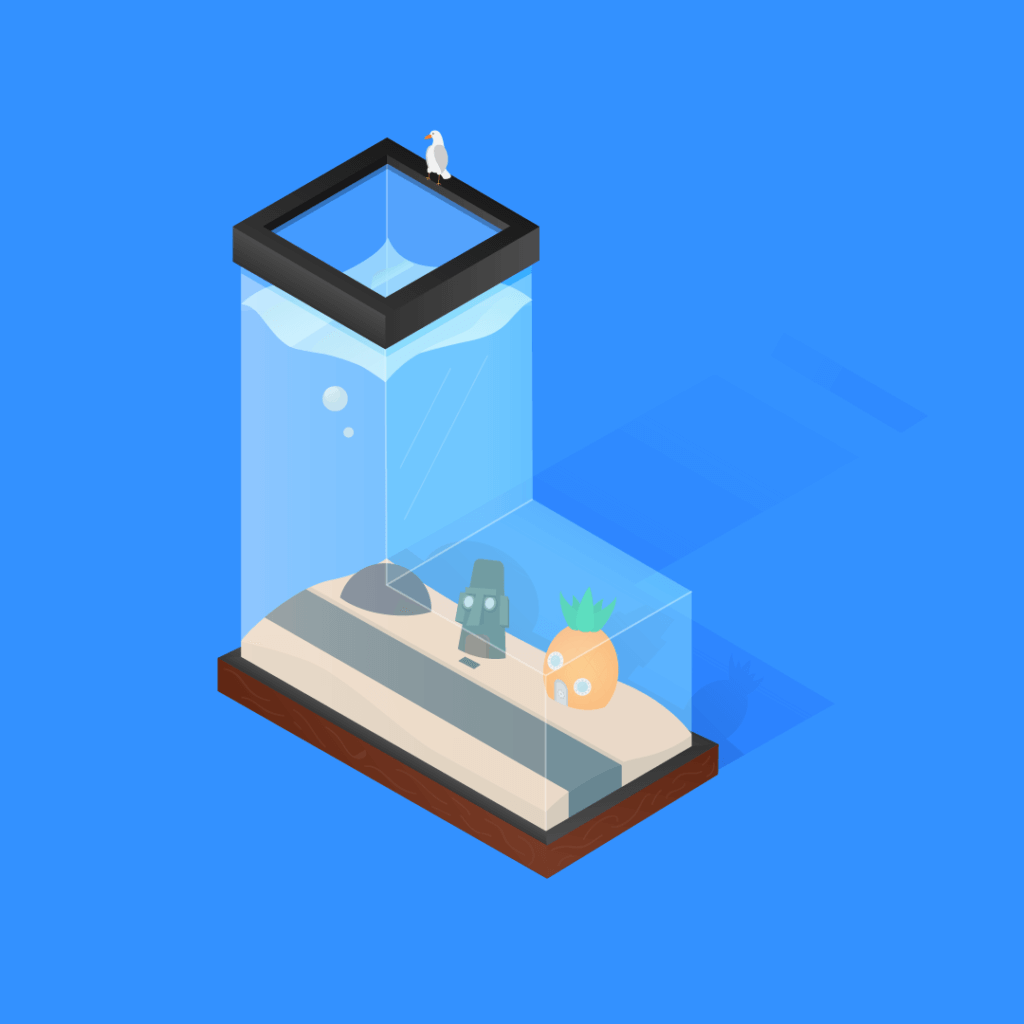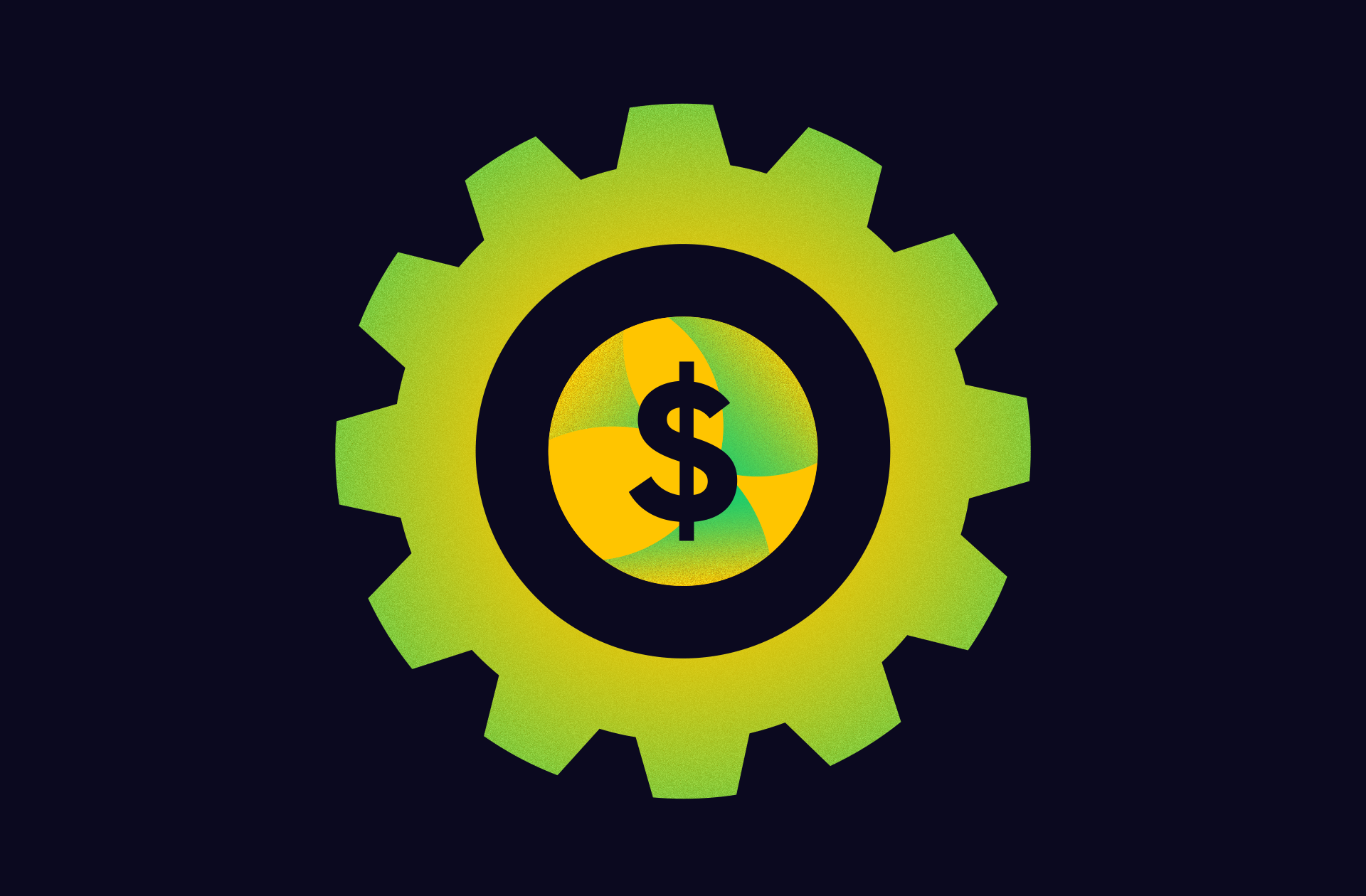We’ve done a lot of creative work over the last decade. Each project has taught us something new and challenged us to grow creatively, but that doesn’t mean every project has been easy. You’d think that after a couple thousand pieces of content, a creative brainstorm would always be a breeze. But just because we do creative work for a living doesn’t mean we’re on autopilot.
Every project is unique, which means every project is a different communication problem to be solved. Sometimes the stars align and we get hit with creative lightning immediately. Sometimes we start with a seedling of an idea that needs a lot of nurturing. And sometimes, well, we have nothing. No matter how hard we try, we’re just plain fried.
When this happens, it’s easy to let the fear of creative failure keep you blocked. But there are ways to trick your brain into giving you just a few more ideas. At least that’s what we’ve found. Whether it’s an e-book, infographic, or branding project, we’ve experimented with all sorts of ways to come up with ideas. Some have been a big help; others have been a bust. But there are a few things that have unequivocally helped, which we thought we’d share with you today.
10 Tips to Brainstorm Creative Ideas
You’ve probably heard the “go for a walk” or “sleep on it” advice for untangling creative problems. But if you’d like to try something else (or don’t have the luxury of time), here are some of our best tips, tricks, and tools to get your creative juices flowing.
1) Turn Off the Music
A 2019 study conducted by researchers at the University of Central Lancashire, University of Gävle, and Lancaster University found that contrary to popular belief, listening to background music impairs creativity. (That includes music with foreign lyrics, instrumental music without lyrics, and music with familiar lyrics.) While this does make our music-loving team balk, it may be worth turning off the tunes when you need to do some serious brainstorming.
That said, you don’t have to sit in pure silence. Some of us are fans of listening to white noise to get into deep flow state. Try playing around with an online white noise generator to see for yourself.
2) Put Your Devices Away
We’re all aware of how distracting tech can be, but it can be especially disruptive in brainstorms. You might be one more thought away from a great idea when a sudden Slack chat derails your train of thought. (Not that we’re speaking from personal experience or anything.)
When it comes to your creativity, try unplugging to give your brain a break. Fun fact: We feel so strongly about this that we’ve made “no devices” a rule in our meetings.
3) Combine Ideas
They say you should never go with your first idea because it’s the one everyone else probably came up with too. (This is debatable, however, because the more toned your creative muscles, the more you naturally filter the “obvious” ideas out.) But if you are stuck, consider combining ideas or elements of ideas. You might revive an older idea, think of a fresh angle on an existing idea, or experiment with a different medium to mix it up.
For example, we’d been wanting to do a food-based project for a while, and when it came time to do something for Valentine’s day about sexual relationship dynamics, we realized cookies could be a creative way to illustrate it. The result was a video collaboration with Foodbeast.
https://www.youtube.com/watch?v=lMMxExVxof4
4) Write Three Pages Longhand
This suggestion comes by way of Julia Cameron’s creative workbook The Artist’s Way. To get unblocked, she encourages creatives to write “Morning Pages,” which are three pages of longhand stream-of-consciousness written on notebook paper.
This exercise can be especially helpful when you’re feeling burnt out and want a healthier diversion than an afternoon Twix bar. Just take 20 minutes and write those three pages longhand. It’s a helpful brain dump and is often enough of a reboot to help you come back to your ideation.
5) Play a Little
Getting out of thinking mode and into play world can be especially helpful, which is why we try to infuse a little play into our work when we can. We’ve used our morning meetings to experiment with the spaghetti-and-marshmallow challenge (a game to build the tallest structure). We’ve held impromptu ping-pong tournaments from time to time. And we’ve turned an office wall into a chalkboard to encourage doodling breaks throughout the day.
6) Ignore Your Superpower
Whatever our unique skill set is (e.g., writer or designer), it’s easy for us to rely on those superpowers when trying to overcome a creative block. But sometimes it helps to challenge yourself to try a different (or totally opposite) approach.
For example, if a copywriter needs to beat out a story but doesn’t know what to say, messy storyboarding with stick figures can help them visualize it. Conversely, when a designer needs to communicate something visually but can’t think of an image, looking up the root definition of a word can inspire an idea.
7) Have a Free For All
Sometimes you need to call in creative reinforcements, especially if you’ve been ideating alone. We find a flash brainstorm can help, wherein team members come together to quickly write, sketch, or pitch any and every idea that comes to their head in a set amount of time (with no judgment).
For example, when our design team is creating a brand’s logo, the team will assemble and quick-sketch as many ideas as possible in half an hour. By the end of the free for all, they have 50 or more designs. From there, they can start identifying potential elements, often combining interesting ideas. (See point three.)

8) Experiment With Something New
Oftentimes we hesitate to experiment with something unknown, but that “unknown” is often where creativity lies. If there’s something you’ve been curious to explore, or something you don’t usually do, be bold and try it. For example, if you’re a designer, try exploring a different format. (Here are a few styles to experiment with.) Or if you’re stuck on copy, try something you don’t normally do, such as alliteration, acronyms, rhyme schemes, etc.
Note: When we’re experimenting with something new, we’ll often try it for an internal project first—like this papercraft stop motion video we made for a SXSW announcement a few years back.
9) Try the Alternative Uses Test
This is a fun brain exercise to mix up your thinking. Invented by psychologist J.P. Guilford, the Alternative Uses Test is a way to practice divergent thinking (aka seeing things more creatively). Choose an object, give yourself a time constraint, and list as many alternate uses for that object as possible.
10) Add More Boundaries
We always think we want total creative freedom, but often we find it’s easier to have some parameters. Even if they aren’t “real” rules, self impose some limitations on what you can do. For example, when C5 Creative Director Nate Butler is designing a layout, he’ll challenge himself to use only one font in three styles and sizes, or limit himself to only three colors, such as black, white, and an accent color.
For our Type Fight series, Nate gave C5 designers a similar challenge, having them design the same letter of the alphabet (each with a different theme).



Above All, Feed Your Creativity
Finding inspiration is crucial to your creative health, as is cultivating any interests or hobbies you have. You never know when they might come in handy or turn into something bigger (like the time we designed a music-themed video game).
We’d also recommend keeping an “ideas” note in your phone—a list of anything that interests you (e.g. interesting words, links, phrases, jokes, concepts, songs, quotes, etc.). Many of us have some version of this, and we find it helpful to jumpstart your brain during a brainstorm, even if the content is seemingly unrelated to the project you’re working on.
That said, we know sometimes you could use a little extra help coming up with ideas. If you need a boost, try these 16 ways to come up with infographic ideas, 9 ways to come up with content marketing ideas, or 5 prompts to tell your brand story. We’re also happy to lend our creative brain to your content. If you’re feeling stuck, let’s talk through it.





